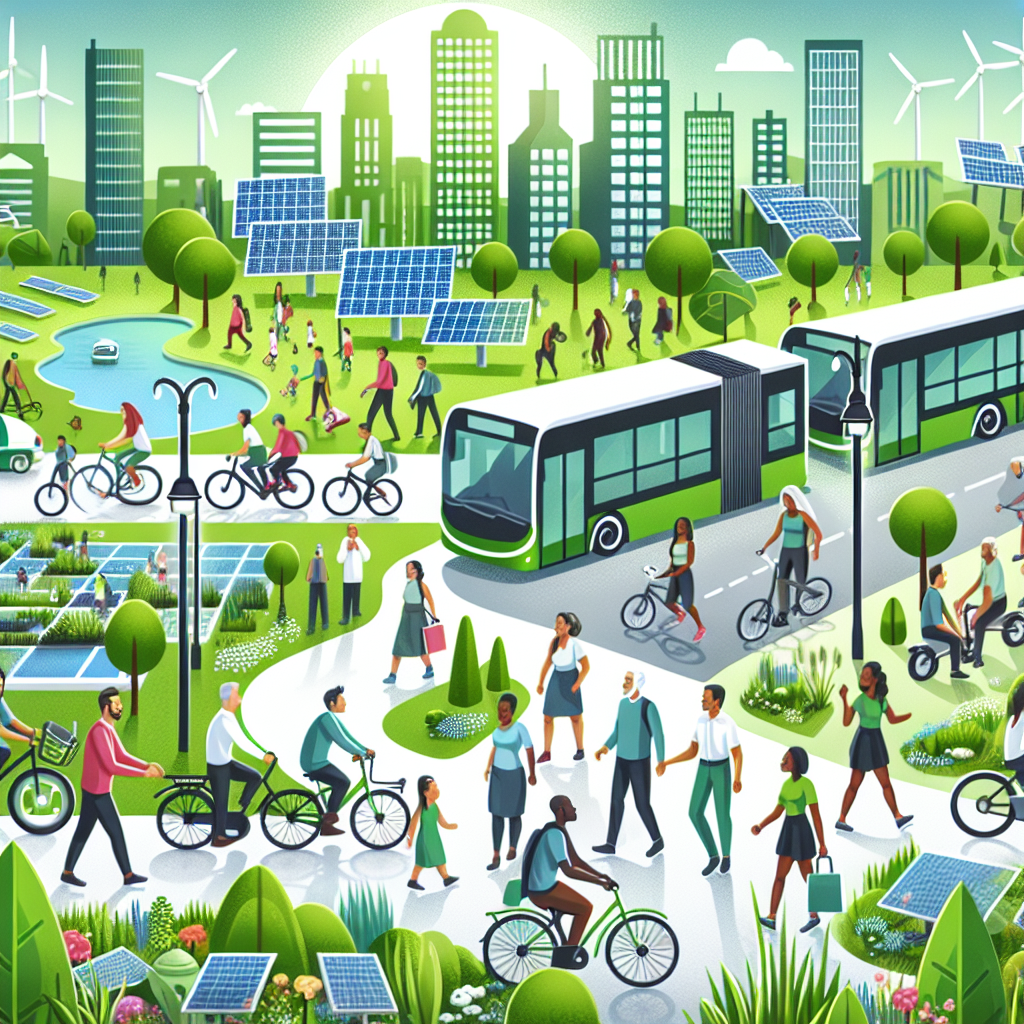Public transportation plays a crucial role in promoting sustainable travel and reducing our carbon footprint. By using public transportation, we can help decrease traffic congestion, improve air quality, and lower greenhouse gas emissions. In addition to these environmental benefits, public transportation also provides social and economic advantages by increasing accessibility to jobs, education, and healthcare services.
One of the key ways that public transportation contributes to sustainability is through the use of green vehicles. Many public transit agencies are now incorporating electric buses and trains into their fleets, which produce zero tailpipe emissions and significantly reduce air pollution. These green vehicles not only help to improve air quality in urban areas but also contribute to the overall goal of transitioning to a low-carbon economy.
Another important aspect of sustainable travel is eco-mobility, which refers to the use of environmentally friendly modes of transportation such as walking, cycling, and using public transit. By promoting eco-mobility options, cities can reduce their reliance on fossil fuels and promote healthier lifestyles for residents. Public transportation plays a key role in supporting eco-mobility by providing convenient and affordable alternatives to driving.
Making Public Transportation More Accessible
Despite the numerous benefits of public transportation, many communities still face barriers when it comes to accessing these services. In order to make public transportation more accessible for all residents, there are several strategies that can be implemented:
- Improving infrastructure: Investing in well-designed transit systems with accessible stations and stops can make it easier for people with disabilities or mobility challenges to use public transportation.
- Expanding service coverage: Ensuring that public transportation routes reach all neighborhoods within a city or region can help increase access for residents who may not live near existing transit lines.
- Reducing costs: Implementing fare subsidies or free transit programs for low-income individuals can help remove financial barriers to using public transportation.
- Promoting integration: Creating seamless connections between different modes of transportation (such as buses, trains, and bicycles) can encourage more people to choose sustainable travel options.
By implementing these strategies, cities can make public transportation more inclusive and accessible for all residents, regardless of income level or physical ability. This not only helps to promote sustainability but also fosters social equity and community cohesion.
Conclusion
In conclusion, public transportation plays a critical role in promoting sustainable travel and reducing our impact on the environment. By investing in green vehicles, supporting eco-mobility options, and making public transportation more accessible for all residents, we can create more livable and resilient communities for future generations. It is essential that we continue to prioritize public transportation as a key component of our efforts towards building a more sustainable future.

Leave a Reply